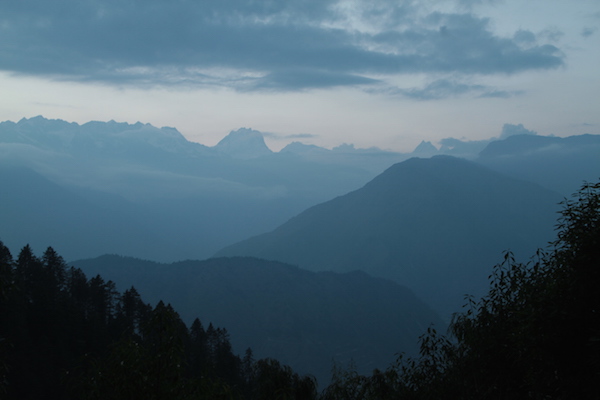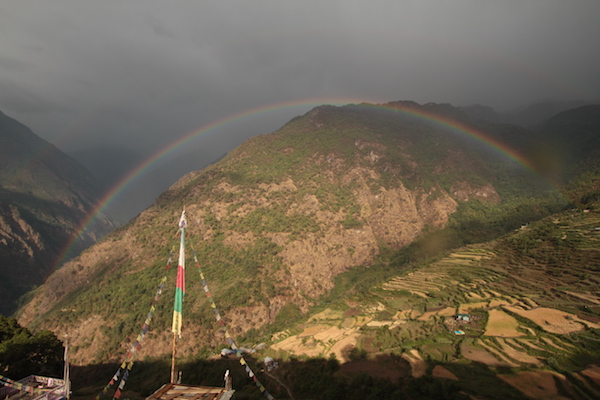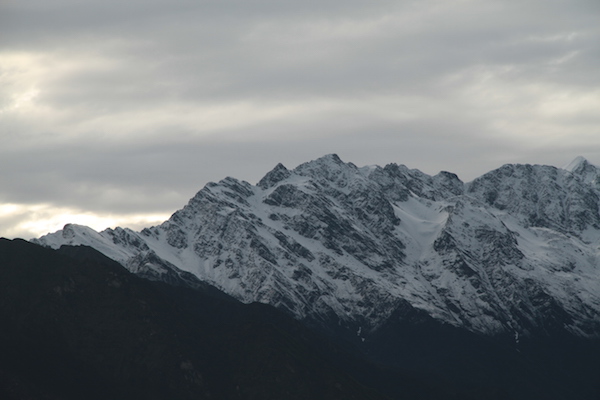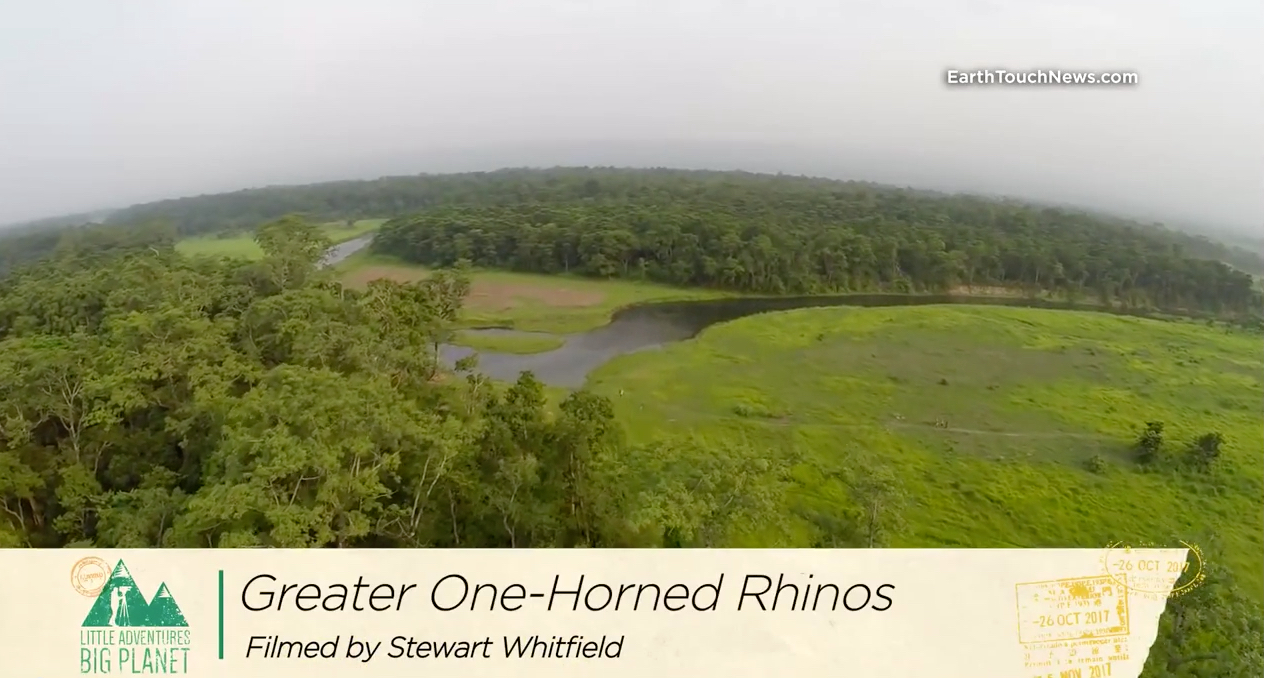Nepal
Here’s a look at some beautiful filming from Nepal last year…….
Here’s a look at some beautiful filming from Nepal last year…….
In May 2014 I returned to Nepal with my dear friend Gustavo Martinez Schmidt of Nubla Productions to search for and ultimately film the elusive and highly endangered Red Panda. We hooked up with my old friend and guide Chimmi Lama from Tulo Shyphro – a beautiful village at the entrance to the Langtang National Park. He promised to take us to the areas of high cloud forest where we had the best chance to observe these shy creatures.

Before leaving Kathmandu we met ZSL project leader Hem Baral and interviewed him on behalf of Earth Touch. He pointed out that although conservation efforts were in place, the Red Panda was highly threatened and not enough was being done to ensure protection from future extinction. The main threat to the Red Panda is habitat loss through human encroachment.

The trip to Tulo Shyphro is a 2 day affair that starts with a 10 hour bus ride to the small village of Tulo Barkhu. From there it’s a 5 hour hike to Tulo Shyphro. We hung out in Tulo for a few days to acclimate and shoot b-roll then hiked another day up to Sing Gompa (3580 m.), which is the small lodge before the pass to Lake Gosaikund – a popular trekking route.
before the pass to Lake Gosaikund – a popular trekking route.
It’s from here that we set out every day in search of the Red Panda. Their habitat is the bamboo forests that are found in the cloud forests at 3 – 4000m overlooking the Langtang Valley. We spent a lot of time following fresh spoor and found plenty of evidence of recent Red panda activity but am sad to say were unable to capture any on film. Undeterred we plan to return to Nepal this year to try again – this time with a little more time………

For more information about Red Pandas check out this link from the WWF or try the Red Panda Network.
In May 2014 Earth Touch commissioned me to travel to Chitwan National Park in Nepal’s lowlands near the Indian border. This amazing wildlife reserve has the world’s largest population of Greater One Horned Rhino as well as Asiatic Tigers, Elephants, Bears, and all kinds of other wild animals that could eat you in a heart beat. With my dear friend and amazing film maker Gustavo Martinez Schmidt we spent a week within the Chitwan National Park and got away with some beautiful footage. The results of which can be seen in the film here.
has the world’s largest population of Greater One Horned Rhino as well as Asiatic Tigers, Elephants, Bears, and all kinds of other wild animals that could eat you in a heart beat. With my dear friend and amazing film maker Gustavo Martinez Schmidt we spent a week within the Chitwan National Park and got away with some beautiful footage. The results of which can be seen in the film here.
The greater one-horned rhino is the largest of the rhino species. Once found across the entire northern part of the Indian sub-continent, rhino populations were severely depleted as they were hunted for sport and killed as agricultural pests. This pushed the species very close to extinction in the early 20th century and by 1975 there were only 600 individuals surviving in the wild. The conservation efforts in Chitwan National Park have been a success story and today rhino poaching is virtually done with the Nepali army having a shoot on site policy towards poachers…….
For more information about the Greater One Horned Rhino look at some of these links……….
We use cookies to improve performance, and create a better experience when using our website You can learn more about our cookie policy at Privacy Policy and can manage your own privacy settings here: Settings
You can choose cookie settings by on/off. Cookies of each type are available on request, with the exception of essential cookies.
Allow All
Necessary cookies help make a website usable by enabling basic functions like page navigation and access to secure areas of the website. The website cannot function properly without these cookies.
Cookies Details
Analytical cookies help the website owner understand how visitors interact with the website by collecting and reporting information on its usage.
Cookies Details
These cookies collect various information including personal information about you for us to analyze. We can then present content to match your interests. If you don't agree, we won't be able to offer content and advertisements that match your interests.
Cookies Details
Performance cookies are cookies used specifically for gathering data on how visitors use a website
Cookies Details
Privacy Policy | Cookie Policy | Terms & Conditions

